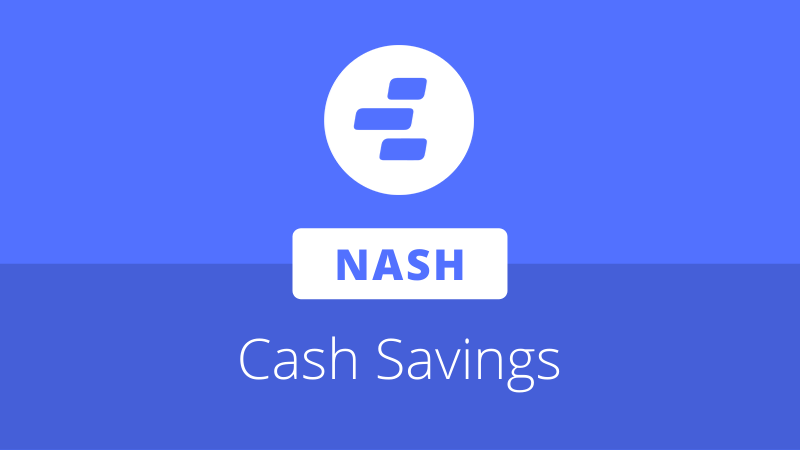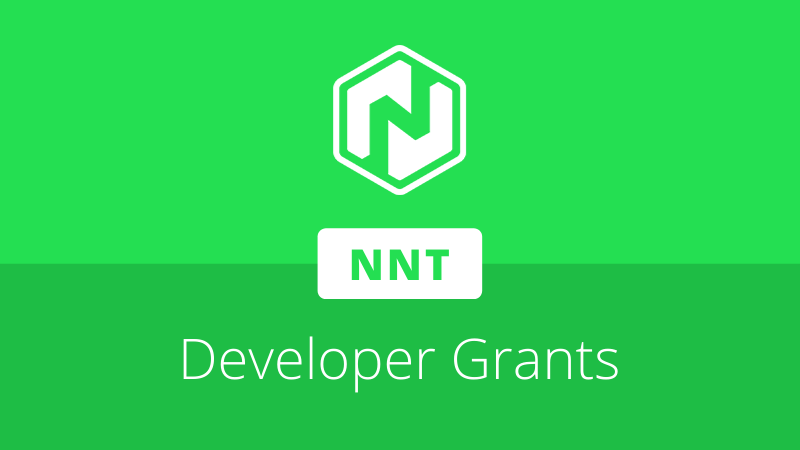
Nash has announced the release of its new yield-generating service, Nash Earnings. Now open for European users, the service allows deposits in Euros and returns interests to users received from participation in Aave, a non-custodial liquidity protocol.
The move reflects Nash’s ambition to break into the traditional finance sector, offering new crypto-powered savings solutions to retail customers. During a time where traditional banks discuss a growing need for negative interest rates—in which a customer would pay the bank fees based on their savings—new users are becoming polarized and attracted to blockchain-based opportunities.
Though not the only entity in the space positioned to become a so-called “crypto bank,” the integration with Aave serves to complement the non-custodial design of Nash. In each step of the process of depositing funds, staking, and withdrawing cash, the user remains the ultimate custodian of their own assets.
A friendly ghost
In many cases, DeFi “yield farms” can be reduced to simple token printers, a race to the bottom where early adopters acquire the lion’s share of a given token’s supply and crush any possible demand for utility. However, real innovations in DeFi can easily be found, and they continue to attract capital. Common examples include platforms focused on market making, lending, or minting stablecoins, each of which can provably capture value in the form of fees.
Aave, from the Finnish word for “ghost”, is a ubiquitous member of the Ethereum DeFi landscape. The liquidity protocol allows users to participate as either lenders or borrowers. Lenders provide assets to various liquidity pools. In return, they receive aTokens, representing the user’s stake in the pool in a similar manner to LP tokens in AMM platforms such as Flamingo Swap.
Borrowers can provide initial collateral in order to take out loans, which they must pay back with interest to avoid forfeiting the collateral. This can give the borrower time to perform short-term investments or cover an unexpected expense without needing to sell their own asset holdings.
aToken holders also receive a portion of fees from flash loans, special transactions which do not require any collateral to be provided. Developers can create smart contracts that request and receive assets from a pool, perform some other profitable actions such as arbitrage, then return the original quantity of received assets all within a single transaction.
This innovative approach avoids the need for collateral to be provided, as the atomicity of the transaction ensures that all steps must either completely succeed or completely fail together. If a profitable action is performed with the flash-loaned assets, the executor will generate their own profits, whilst liquidity providers in the Aave pool will receive a cut of fees without taking on any extra risk.
Fiat onboarding
Nash Earnings is designed to make liquidity provision as easy as using a normal bank account. In its current form, European customers can deposit Euros to purchase aTokens directly from Nash. A portion of revenue generated by this sale is distributed to NEX token stakers, alongside fees generated from the exchange.
Now representing the user’s stake in the Aave protocol, the aToken balance will increase as fees are distributed. Users can sell their aTokens back to Nash at any time in return for supported fiat currencies. At the time of press, Nash estimates an approximate 7.6% APY as the current rate, noting that this may fluctuate over time.
As with all on-chain activities, users should also be well aware of the risks of participation and inform themselves about each project they interact with. In Aave’s case, regular loans are over-collateralized and automatically liquidated in the event of a significant price fluctuation, ensuring staked assets can always be recovered.
However, it is not impossible for risks to earnings to occur. Smart contracts owned by Nash or Aave could be hacked, exchange rates between national currencies and deposited stablecoins could fluctuate, and stablecoins could lose their peg value.
More information about Nash Earnings can be found on the official website:
https://nash.io/







About The Author: Brett Rhodes
Brett is a blockchain enthusiast and freelance writer who originally began producing content for the gaming & eSports industries. Now he spends most of his time contributing in the Neo ecosystem.
More posts by Brett Rhodes